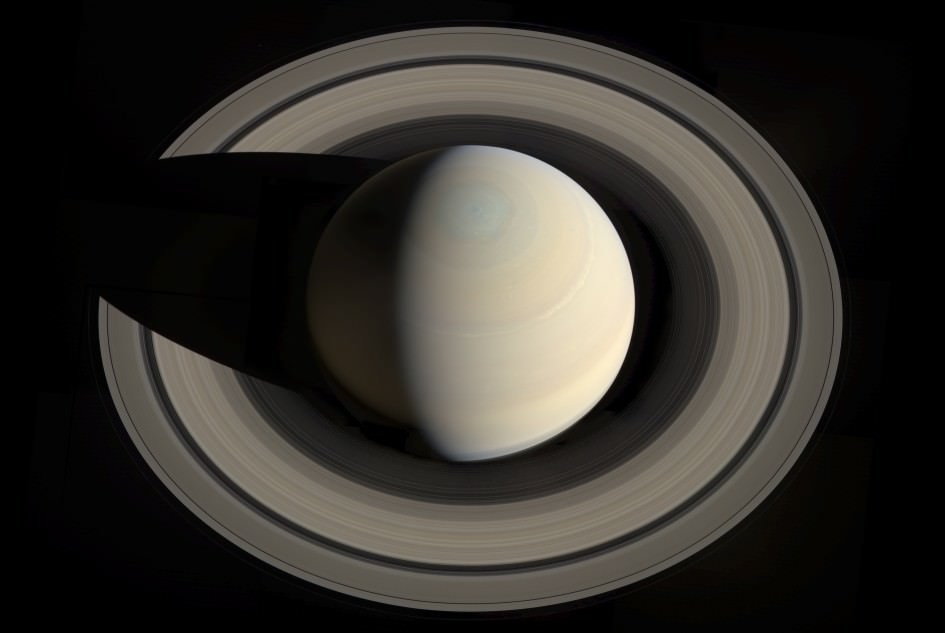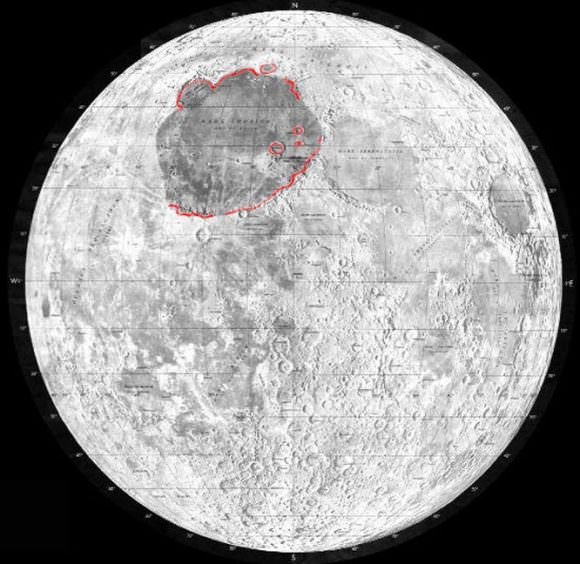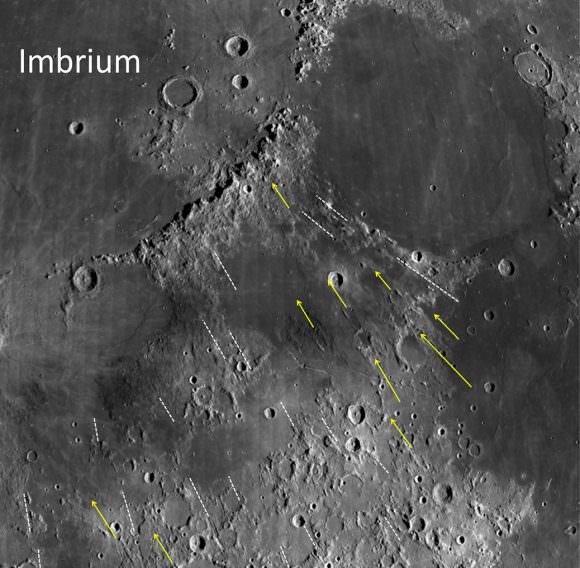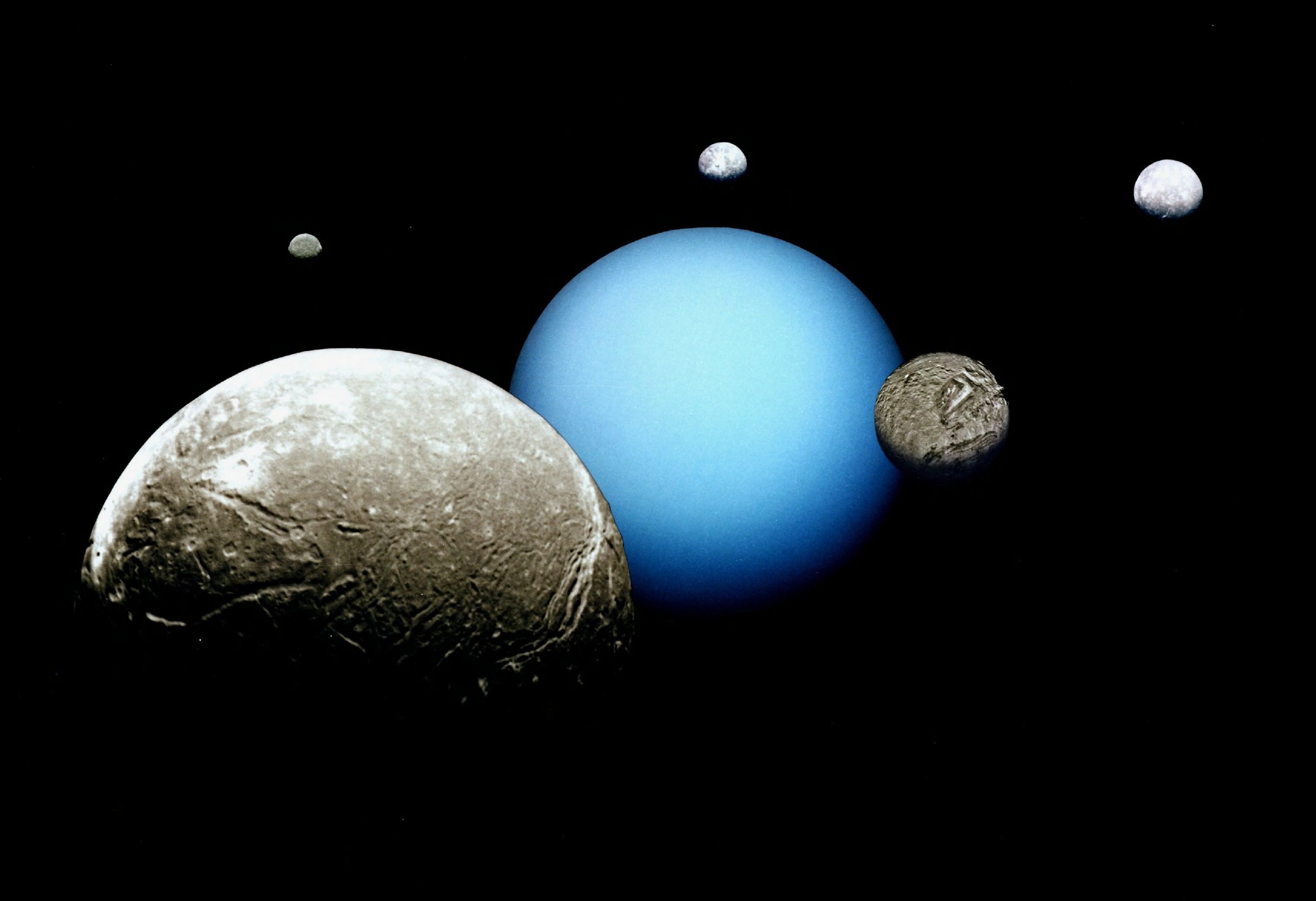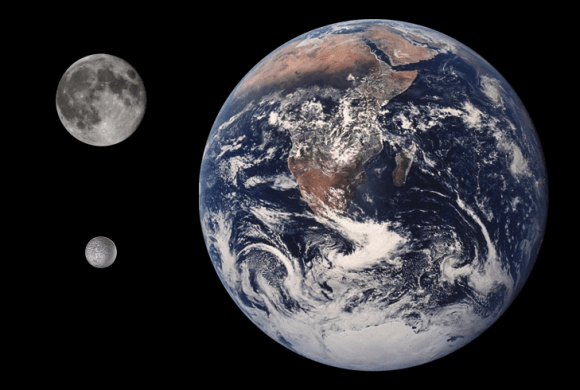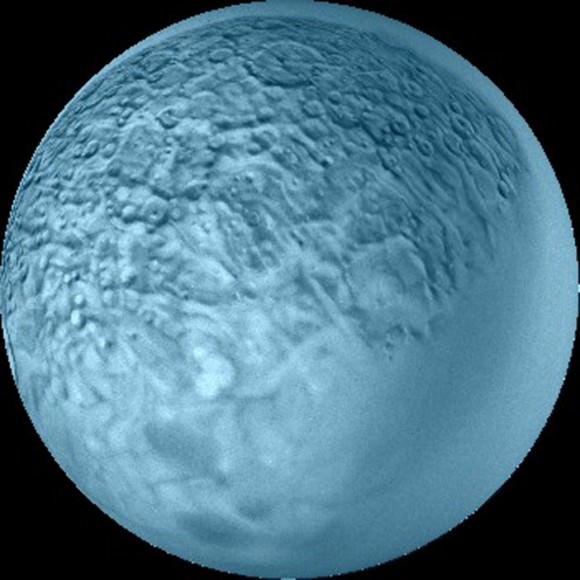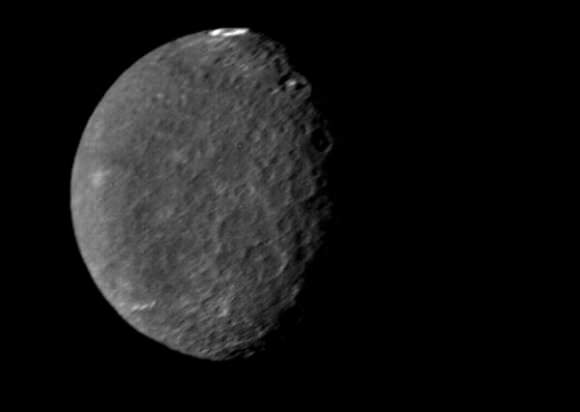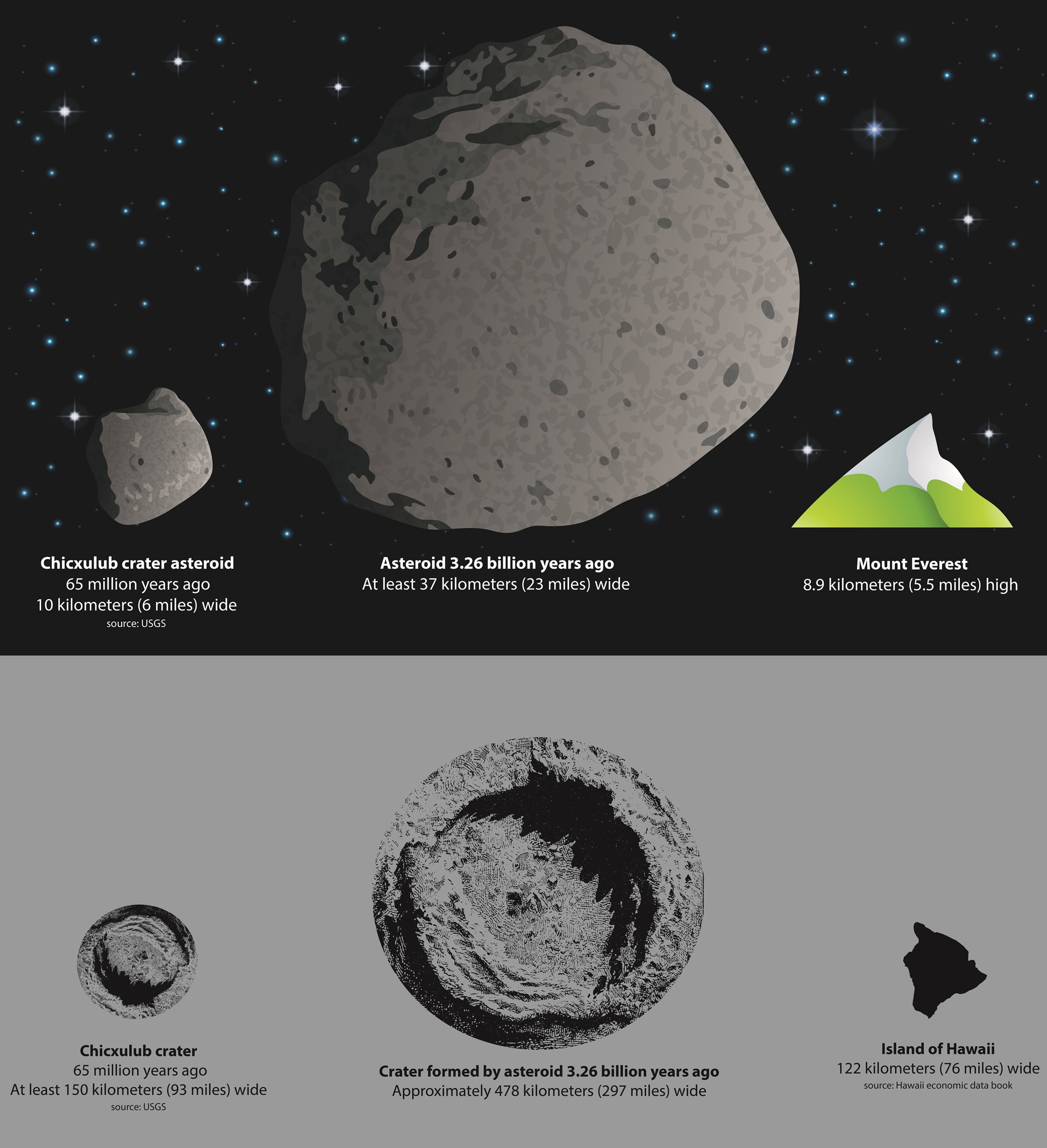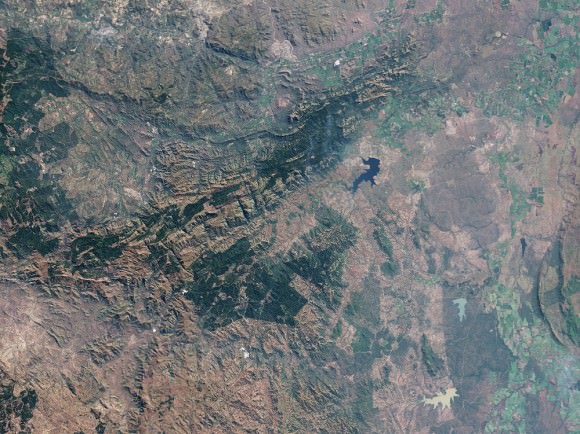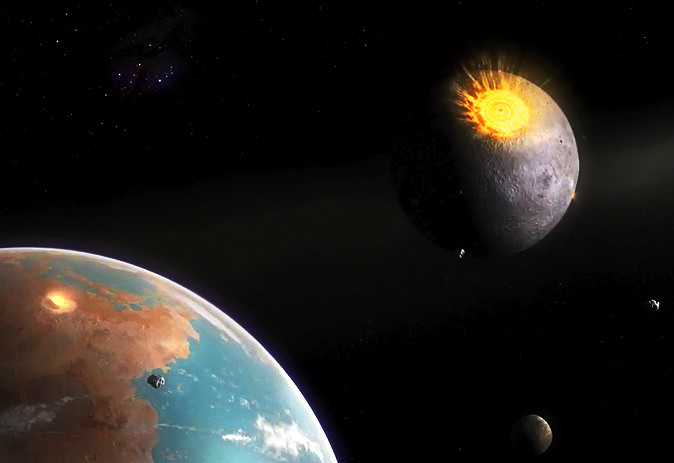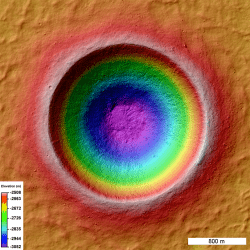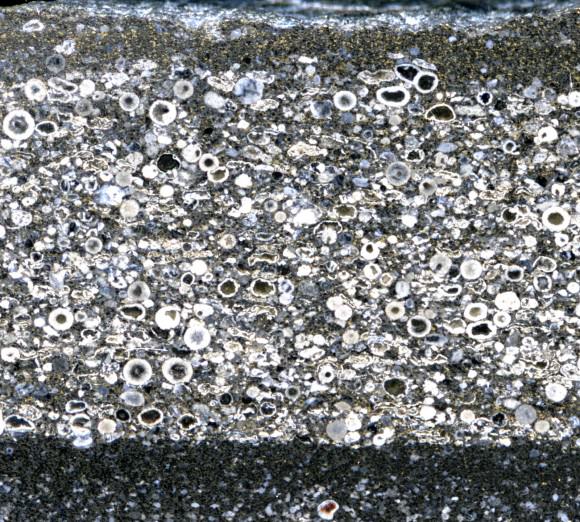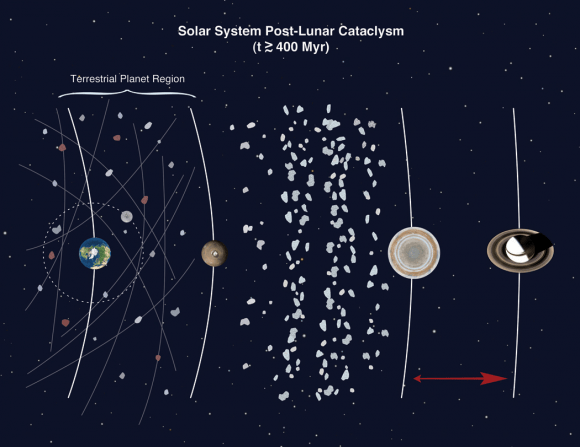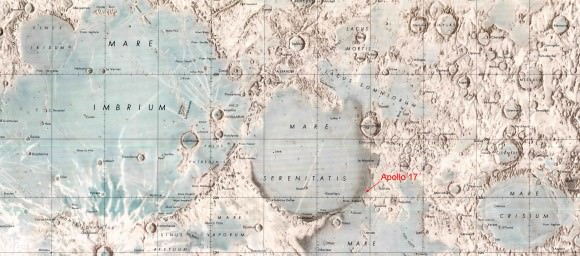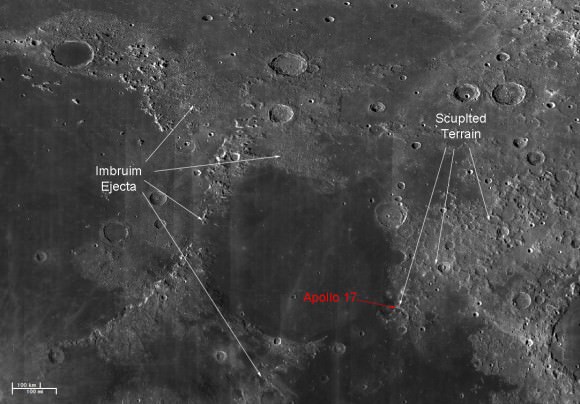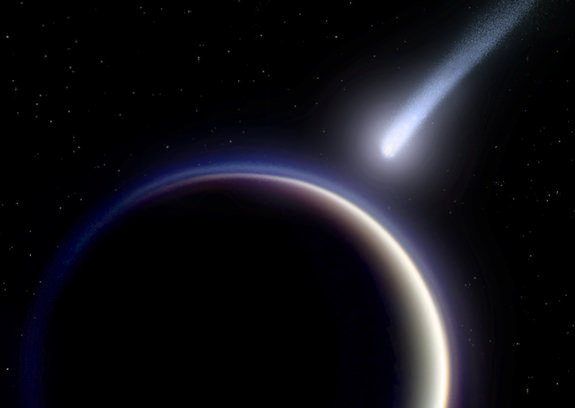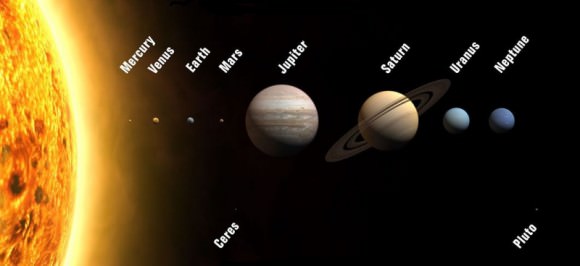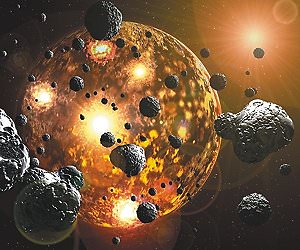In 1655, astronomer Christiaan Huygens became the first person to observe the beautiful ring system that surrounds Saturn. And while they are certainly the most spectacular, astronomers have since discovered that all the gas and ice giants of the Solar System (i.e. Jupiter, Saturn, Uranus and Neptune) have their own system of rings.
These systems have remained a source of fascination for astronomers, largely because their origins are still something of a mystery. But thanks to a recent study by researchers from the Tokyo Institute of Technology and Kobe University, the origins of these rings may be solved. According to their study, the rings are pieces of Dwarf Planets that got torn off in passing, which were then ripped to pieces!
This research could help to resolve many of the burning questions about the ring systems around our system’s giant planets, as well as details about the Solar Systems past. For the sake of their study – titled “Ring Formation around Giant Planets by Tidal Disruption of a Single Passing Large Kuiper Belt Object” – the Japanese team of researchers considered a number of factors.
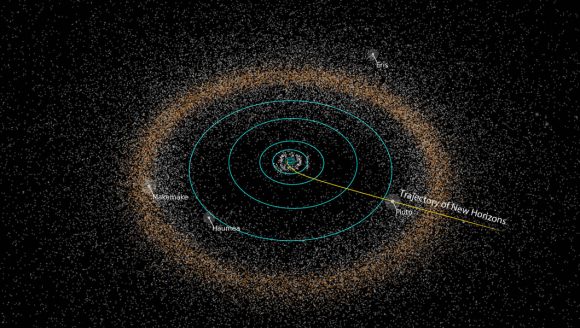
First, they considered the diversity of the various ring systems in our Solar System. For instance, Saturn’s rings are massive (about 100,000 trillion kg!) and composed overwhelmingly (90-95%) of water ice. In contrast, the much less massive rings of Uranus and Neptune are composed of darker material, and are believed to have higher percentages of rocky material in them.
To shed some light on this, the team looked to the Nice Model – a theory of Solar System formation that states that the gas giant migrated to their present location during the Late Heavy Bombardment. This period took place between 4 and 3.8 billion years ago, and was characterized by a disproportionately high number of asteroids from Trans-Neptunian space striking planets in the Inner Solar System.
They then considered other recent models of Solar System formation which postulate that the giant planets experienced close encounters with Pluto-sized objects during this time. From this, they developed the theory that the rings could be the result of some of these objects getting trapped and ripped apart by the gas giants’ gravity. To test this theory, they performed a number of computer simulations to see what would happen in these instances.
As Ryuki Hyodo – a researcher at the Department of Planetology, Kobe University, and the lead author on the paper – told Universe Today via email:
“We performed two simulations. First, using SPH (Smoothed-particle hydrodynamics) simulations, we investigated tidal disruption of Pluto-sized objects during the close encounters with giant planets and calculated the amount of fragments that are captured around giant planets. We found enough mass/fragments to explain current rings is captured. Then, we performed the longer-term evolution of the captured mass/fragments by using N-body simulations. We found that the captured fragments can collide each other with destruction and form thin equatorial circular rings around giant planets.”
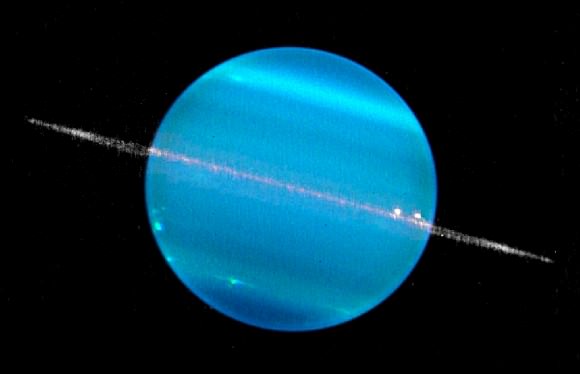
The results of these simulation were consistent with the mass of the ring systems observed around Saturn and Uranus. This included the inner regular satellites of both planets – which would have also been the product of the past encounters with KBOs. It also accounted for the differences in the rings’ composition, showing how the planet’s Roche limits can influence what kind of material can be effectively captured.
This study is especially significant because it offers verifiable evidence for one of the enduring mysteries of our Solar System. And as Hyodo points out, it could come in mighty handy when it comes time to examine extra-solar planetary systems as well.
“Our theory suggested that, in the past, we had two possible epochs to form rings,” he said. “One is during the planet accretion phase and the other is during the Late heavy bombardment. Also, our model is naturally applicable to other planetary systems. So, our theory predicts that exoplanets also have massive rings around them.”
In the meantime, some might find the idea that ring systems are the corpses of Dwarf Planets troublesome. But I think we can all agree, a Soylent Green allusion might be just a bit over the top!
Further Reading: arXiv

